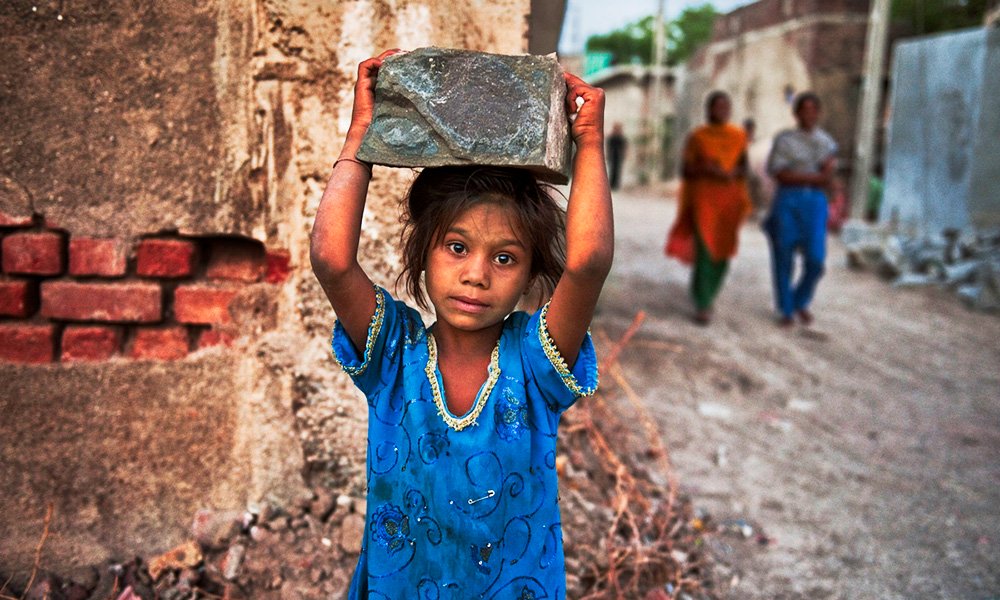Child labor is a harsh reality in many parts of the world, affecting millions of children. It is a global problem that violates the basic human rights of children and deprives them of education, health, and a bright future.
According to the International Labour Organization (ILO), there are currently around 152 million child laborers worldwide, with 73 million of them working in hazardous conditions. The problem is particularly acute in developing countries, where children are forced to work in agriculture, manufacturing, construction, mining, and domestic services.
Child labor is often driven by poverty, lack of education, and cultural traditions. In many cases, children are forced to work long hours for little pay, with no access to education or healthcare. They are often subjected to physical, emotional, and sexual abuse, and their basic human rights are violated.
The consequences of child labor are far-reaching and devastating. Children who are forced to work miss out on their childhood and are denied the opportunity to learn and develop. They are also at risk of physical and mental health problems, including malnutrition, exposure to hazardous chemicals and substances, and mental health issues such as anxiety and depression.
Furthermore, child labor perpetuates the cycle of poverty, as children who are forced to work are denied the opportunity to receive an education and break free from the cycle of poverty. This, in turn, affects the economic development of a country, as a lack of education and skills limits the potential of the workforce.
Efforts to combat child labor have been ongoing for decades, but progress has been slow. The ILO has been at the forefront of the fight against child labor, working with governments, NGOs, and other stakeholders to develop policies and programs aimed at eliminating child labor.
To effectively combat child labor, we need to address the root causes of the problem, such as poverty and lack of education. Governments need to provide access to education and basic services, and enforce laws against child labor. Private companies must also play a role by ensuring that their supply chains are free of child labor.
As individuals, we can also make a difference by supporting organizations that work to eliminate child labor, raising awareness of the issue, and making ethical consumer choices. Together, we can create a world where all children have the opportunity to grow, learn, and thrive without being forced to work in hazardous conditions.




